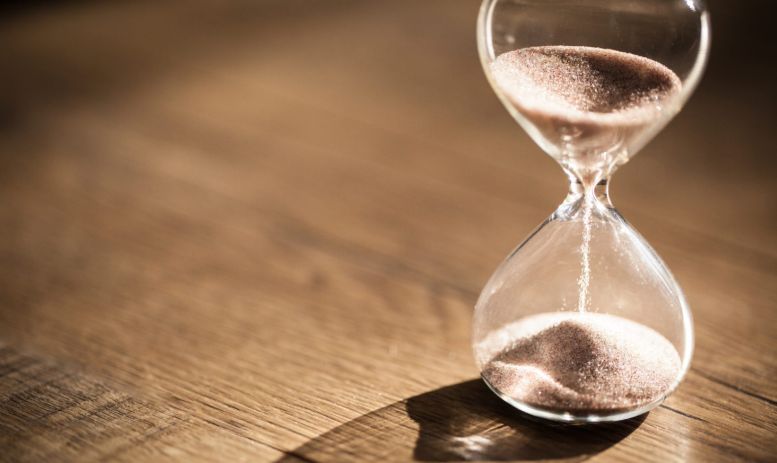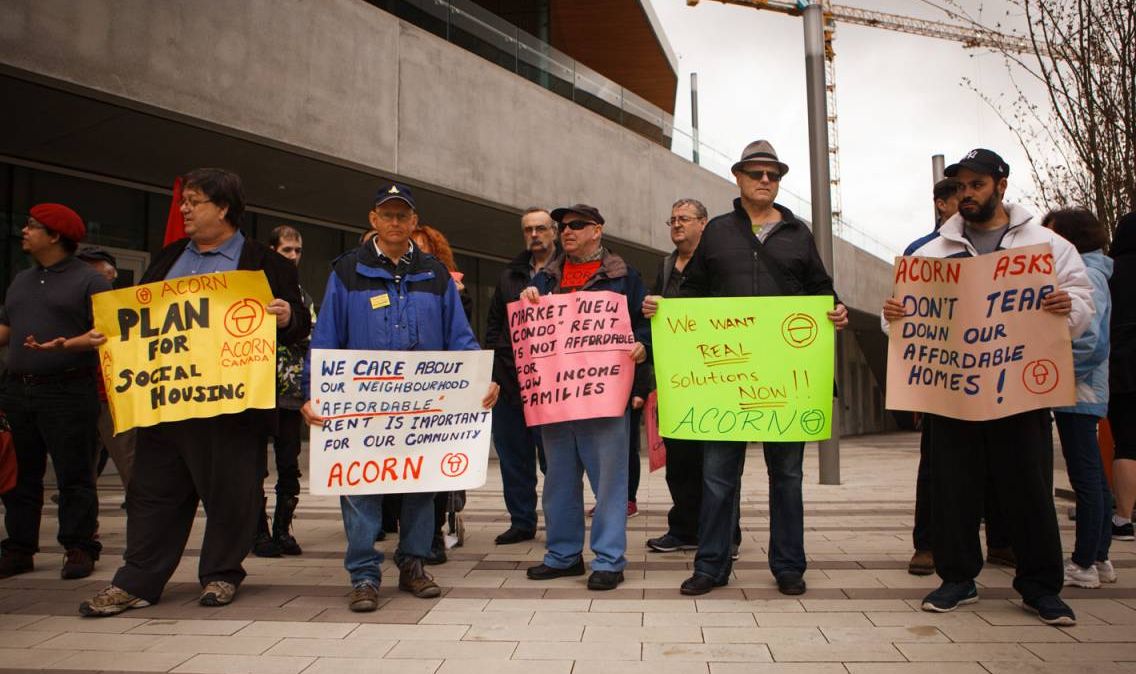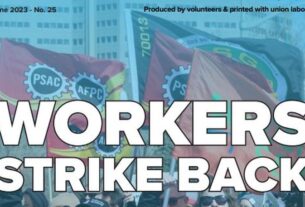“It’s time for a change in this country, my friends – a real change.”
A beaming Justin Trudeau spoke these words on the October 2015 evening when his Liberal Party won a crushing victory over the worn-out Stephen Harper’s Conservatives and the hapless Tom Mulcair’s New Democrats.
These are also approximately the words that are going through many Canadians’ heads after nine years of Trudeau as prime minister. Recent federal byelections in Toronto, Montreal, and Winnipeg have been disasters for the Liberals, with their support in freefall and no sign that it’s hit bottom yet.
Prior to the summer, incumbent parties had won 69 out of the 90 federal byelections since the Liberal landslide of 1993. These are necessitated often because a bored MP has seen their further ascension up the federal political ladder blocked by competitors or perhaps because they’ve been caught in some personal scandal. In spite of the occasional spotlight shone on them by political pundits eager to speculate on another horserace, the elections themselves are mostly pedestrian affairs, due in large part to the preponderance of “safe seats,” which are near guarantees to be won by a particular party.
These byelections proved to be a very different matter. Though they were not expected to be competitive in the longtime NDP seat of Elmwood–Transcona in the east end of Winnipeg, the Liberals knew that even victories in Toronto and Montreal would be interpreted as repudiation of the party if they were slim ones. Seeing relatively sizeable wins in these Liberal strongholds as necessary to dent the Conservatives’ big national polling lead, they piled into those ridings with significant party resources, including cabinet members from as far away as Vancouver knocking on doors and giving media boosts to the campaigns.
It was all for nothing, as the Liberals faceplanted across the board. They lost one of their “safest” ridings when Toronto-St. Paul’s — one of only 34 seats the party won in their record-worst election of 2011 — fell to an unknown Conservative on June 24 by 633 votes. In the 2021 general election, the Liberals had coasted to a win here by a margin of 13,947. Significant party hand-wringing — mostly internal — ensued, and for weeks the media carried articles of various tinkerings on policy or message the Liberals could try, including a change at the helm. Trudeau, after avoiding the media and his MPs for as long as he could, insisted that only he could lead the Liberal Party into the 2025 election. And then on September 17, the Liberals threw away a 9,869-vote advantage from 2021 in the Montreal riding of LaSalle–Émard–Verdun to lose by a narrow margin to the Bloc Québecois and saw their vote fall below 5 percent in Elmwood–Transcona, which was held by the NDP with the Conservatives finishing a close second.
These results, with Toronto as the stunning uppercut from nowhere and Montreal as the long-dreaded knockdown after a steady pummeling, have produced panic in the Liberal Party. There are both private and public calls — which are almost certain to intensify — for Justin Trudeau to once again emulate his prime minister father Pierre and take his own “walk in the snow” out of the Liberal leadership and the prime minister’s office.
The successful switch out of Joe Biden in favour of Kamala Harris for the US Democratic Party presidential nomination has increased calls for a similar move among Liberals. However, so far only two MPs have publicly said that Trudeau should go. Mark Carney, former governor of the Bank of Canada and Bank of England, and current chair of investment giant Brookfield, has been added to the Liberal Party roster as a “special adviser on economic growth” and is hoped by some Liberals to be a saviour. But after betrayals ranging from the environment to Indigenous rights to all the petty and classic Liberal scandals, the young and working-class Canadians that swept Trudeau to power nearly a decade ago know that this party didn’t and won’t take its progressive bromides seriously.
Too Late for the NDP
When the New Democratic Party agreed their supply-and-confidence deal with the Liberals in March 2022, they bet that the electorate would reward them for being seen to force through bold policies. Socialist Alternative, on the other hand, warned of the perils and illusions of the deal, stating that “the NDP is playing a dangerous game by trying to work too closely with the Liberal Party.” Now, NDP leader Jagmeet Singh has walked away from the deal in a desperate bid to flee the sinking Liberal ship, but it’s highly unlikely that this will save his party’s 2025 election hopes.
The New Democrats supplied the Liberals with their support, but this has earned them little confidence with voters because there have been no bold policies to point to. In Toronto-St. Paul’s, their share of the vote fell from 16.8 percent in the last federal election to 11 percent. Their Elmwood–Transcona support remained relatively unchanged, sinking 1.6 percentage points from 2021 to 48.1 percent, just ahead of the Conservatives’ 44.1 percent. They did register a modest rise of 6.7 percentage points in LaSalle–Émard–Verdun, finishing a close third to the Bloc and Liberals, in a race where the NDP candidate drew both support and condemnation for featuring the Palestinian flag on his campaign flyers.
Federally, the New Democrats are stuck below the 20 percent mark that has been their approximate ceiling for Jagmeet Singh’s entire seven years as party leader. In that time, the NDP had many chances to position themselves as the real opposition to Trudeau, had they lived up even to their social democratic program of the 1970s. But several consecutive party leaders’ deliberate hollowing out of the working-class base of the party over the course of decades, and concurrent embrace of demands just a little to the left of wherever the Liberals happen to be, have left change-hungry Canadians to mostly look elsewhere.
Singh’s occasional tame criticisms of the Liberals have gotten him nowhere with voters when he votes to keep them in office every time he’s called upon to do so. He’s likely to keep doing so in the short term at least, in spite of his cancellation of the supply-and-confidence deal. The only real accomplishments the NDP have achieved from the arrangement have been a ban on scab labour in federally regulated industries, a means-tested dental program, and an inadequate new pharmacare program. The NDP as a whole has never been a party that challenged capitalism, though many socialist-leaning workers and young people made brave efforts to influence the party in decades past. That shortcoming has become more and more glaring as capitalism’s crises, from climate change to falling profits to inter-imperialist conflict, multiply and intensify. Though this has really only been a continuation of the NDP’s long-term trajectory, its failure to rise to the occasion is nonetheless a lost opportunity both for the NDP itself and the Canadian left. This new swerve, with an election fast approaching, won’t inspire or fool anyone, whether it’s working-class voters or dedicated activists. The NDP has shed too many of both in recent years to get enough back. Singh will almost certainly be finished as leader after the next election.
There will be some energy amongst the best elements of the party for a leftward shift afterward, though the results of leadership elections in the provincial NDPs of BC, Ontario, and Alberta in the past two years do not inspire confidence that this will meet with much success. However, the threats posed and carried out by the new federal government will provoke important resistance amongst the working class and other attacked elements of society, which could include calls for a new left party.
Conservatives are Steamrolling
This brings us to the man who is almost certain to be the next prime minister. Pierre Poilievre has held the largest and longest polling lead of an opposition leader in over 40 years, with the Conservative Party routinely leading opinion surveys by more than 15 percentage points and a few polls even showing them with double the support of the Liberals. He has played to packed community halls across the country. And he is running as the candidate of change.
His most-pushed public demands — to “axe the tax” on carbon emissions and end the CBC — are hardly fundamental changes and would not make a difference in the ability of most Canadians to afford housing, groceries, an education, or a vacation. On the more impactful issues, he will maintain the worst of Trudeau’s policies and make worse those that were not as bad. His plans for massive giveaways to property developers will exacerbate the housing crisis. His environmental policy is a more northerly version of Donald Trump’s “drill, baby, drill.” Though he has obfuscated on increased military spending, it is likely that over time he will aim increase it to NATO’s target of two percent of gross domestic product, which will necessitate cuts to other programs.
Poilievre has and will amend Canadian conservatism to the new era of world politics. As we wrote when he won the leadership of the Conservative Party two years ago, he “will incorporate both cuts and higher spending, both economic privatization and state intervention.” It’s now obvious that he will also intensify his predecessor Erin O’Toole’s courting of working-class votes, aided by the NDP’s greater affinity for middle-class professionals. This was on display in the Winnipeg race, where the Conservatives fielded a union electrician as their candidate while the New Democrats put forward the director of a business improvement association.
The Conservative leader has even seemed to go against the long-held beliefs on unions of both himself and his mentor and former boss, Stephen Harper. Though the young Poilievre voted against nearly every pro-worker bill during the Conservative governments of the 2000s and 2010s, and as Prime Minister Harper’s favourite attack dog, often sneeringly disparaged unions, he knows the terrain is different today. He said that he would have opposed a government move to legislate Air Canada pilots back to work. He made similar noises against Trudeau’s termination of last month’s rail dispute. He is making a determined, if cynical and contradictory, effort to go after the votes of union members. These claims to be friendly to “workers” will probably not last long once he is prime minister, though he will try to avoid direct conflict for a time and attempt subtler means of weakening the labour movement if possible. (The opposite will be true of the environmental movement, with whom he’ll likely be eager for a fight.)
The mainstream Canadian left is not able or willing to lead the country in a socialist direction, with policies such as taking the banks and major industries into democratic public ownership, a huge shift toward green energy, and a massive union jobs program alongside forcing the wealthy and big business to pay for the mess they’ve created. This has given the opportunity for the right wing to be the party that talks about “change.” While this change is very much overhyped, it will gain a following, especially amongst the downwardly mobile middle class and some of the more frustrated segments of the working class. The Conservatives’ economic policies will not improve the lives of most Canadians, as any slightly reduction in taxes will be more than cancelled out by cuts to vital social services.
In order to bolster their support, they will increasingly turn to scapegoats and distractions. The regressive, populist economic measures that are at the forefront of the Conservative Party’s propaganda blitz will be accompanied by regressive social policies. Poilievre has already voiced support for the attacks on trans youth and students by provincial governments in New Brunswick, Saskatchewan, and Alberta. Though more cautiously, he has also recently tried to ride the rising wave of anti-immigration sentiment by trying to blame new immigrants for a housing crisis that long preceded their arrival. These and similar moves have been enough for a large number of past deserters to the more plainly xenophobic People’s Party of Canada to quietly return to the Conservative tent.
The Centre Doesn’t, Won’t, Can’t Fight the Right
The Harris nomination in the United States has given Democrats a boost, maybe enough of one to carry them to victory in November. But that won’t solve any of American capitalism’s crises, nor will it deal with the roots of Trumpism. Both of these were true of their win in 2020. The “left” apologists for the Democratic Party try to coerce workers and young people to simply hold their noses and vote for the “lesser evil” and “against fascism,” presumably for every election until the end of time.
Next year in Canada, the Liberal election machine will sputter out a similar message, likely with a far lesser effect. But in this era, liberal capitalist parties cannot even offer the meagre concessions they once did. Major promises of health care, women’s rights, and debt cancellation have already gone unfulfilled. At best, Liberal policies deliver no meaningful forward progress. The speed people have to run just to stay in the same place on the treadmill is increasing. At some time, whether in the coming election or the one after, people will have had enough.
Thankfully, while elections are an important part of politics, they’re not the only way the working class, which makes up the large majority of people in Canada and worldwide, can defend itself. And the past two years have seen many inspiring examples of industrial action: teachers, dockers, public servants, grocery workers, engineers, liquor store workers, and most recently rail workers have all gone on strike, with demands of not just higher wages but more workplace control. Unions must fight on these issues as well as provide leadership for LGBTQ and Trans rights, for immigrant rights, against militarism, and on other vital issues of social justice inside and outside of the workplace, linking with revitalized popular movements.
Trudeau has floundered for months, even years. His and Singh’s moderation, far from showing their “maturity” or “pragmatism,” have not even come close to delivering meaningful benefits or providing hope for the future to the large majority of people in Canada and have instead only helped Poilievre’s rise. His election sometime in the next year will be their capstone failure.
Union activists, Indigenous and young people, environmentalists and socialists will organize to resist the attacks of a Conservative government and to build a positive alternative.




